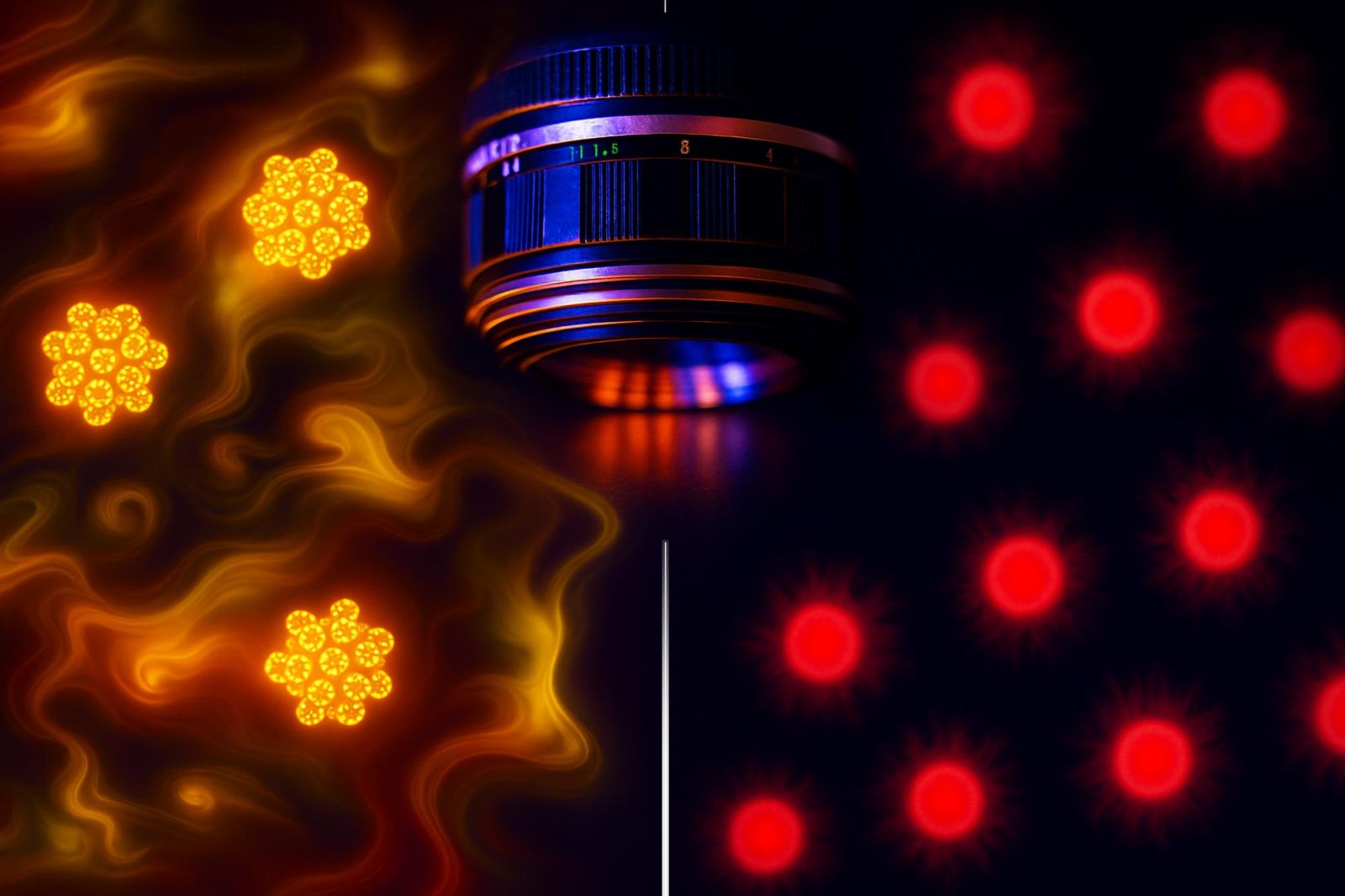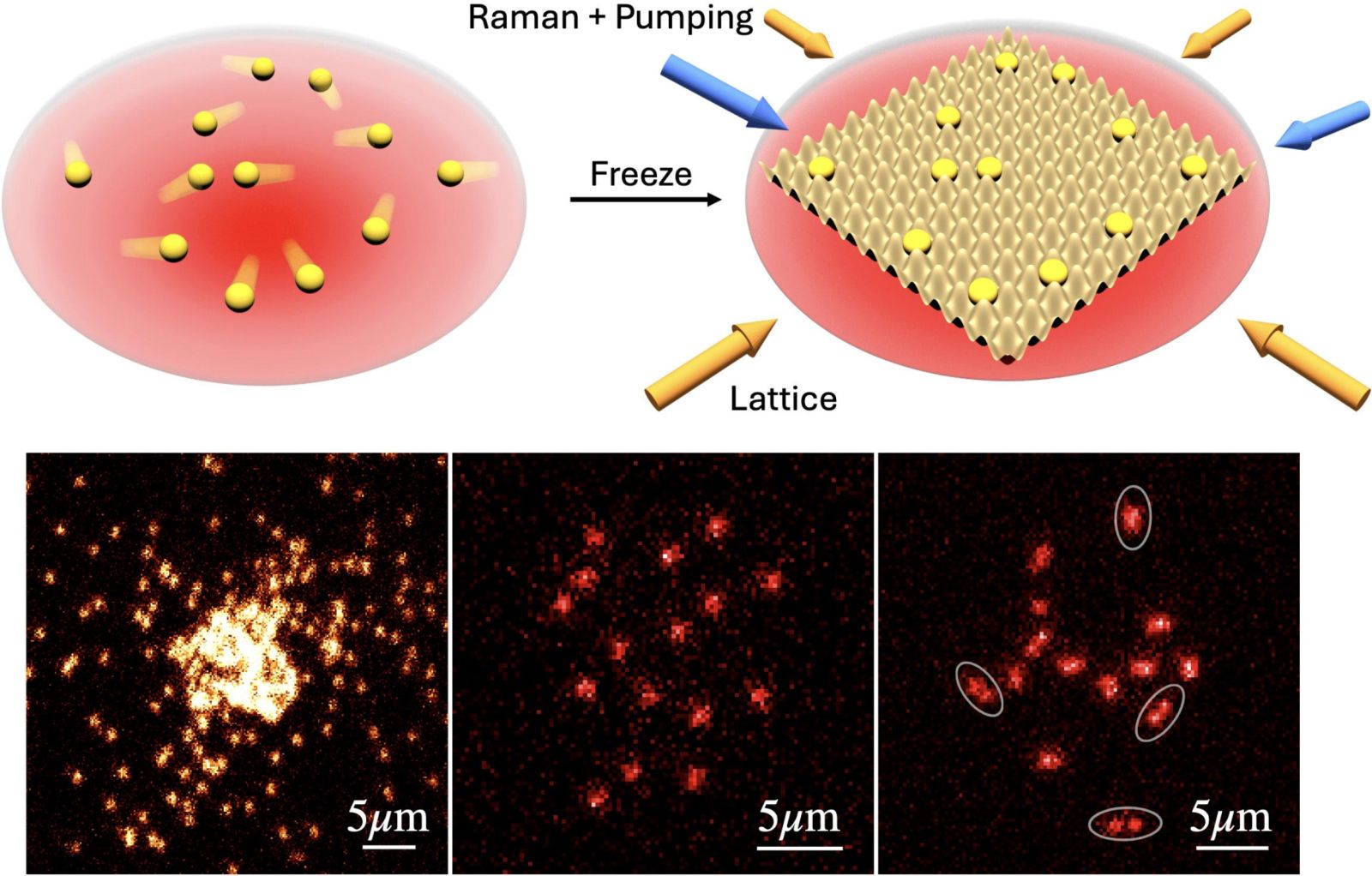Scientists capture "free-range" atoms for the first time 🔬
Published by Cédric,
Article author: Cédric DEPOND
Source: Physical Review Letters
Other Languages: FR, DE, ES, PT
Article author: Cédric DEPOND
Source: Physical Review Letters
Other Languages: FR, DE, ES, PT
Follow us on Google News (click on ☆)

This direct observation, long considered impossible due to the elusive nature of atoms, opens a new window for studying quantum phenomena. Using an innovative technique combining lasers and extreme cooling, researchers have frozen these fleeting objects to reveal their interactions.
A technical feat to probe the infinitely small
Atoms, a million times thinner than a human hair, obey the counterintuitive laws of quantum mechanics. Their position and velocity cannot be measured simultaneously, making direct observation particularly challenging.
The method developed by the MIT team uses a laser trap to confine an atomic cloud at temperatures near absolute zero. A light lattice then briefly freezes them, allowing a second laser to reveal their individual positions through fluorescence.
This approach, called "atomic-resolution microscopy," surpasses traditional imaging techniques that only captured the overall shape of atomic clouds. It provides unprecedented resolution for studying quantum correlations.

Top: renderings showing mobile atoms in a trap (red) frozen by an optical lattice and observed via Raman cooling.
Bottom: microscopic images of 23Na forming a Bose-Einstein condensate, a weakly interacting mixture of 6Li in a single spin state, then a strongly interacting mixture of 6Li in two spin states, showing pair formation.
Bosons and fermions under the lens
Researchers applied their technique to two types of objects: a boson cloud composed of sodium atoms and a fermion cloud composed of lithium atoms, in the form of a Bose-Einstein condensate. The former, capable of sharing the same quantum state, confirmed their tendency to aggregate by forming a collective wave, as predicted by Louis de Broglie in 1924.
Conversely, fermions exhibited their repulsive nature, avoiding any contact with their peers. However, pairs formed between different types of fermions, a key mechanism for understanding superconductivity. These opposing behaviors illustrate the wave-particle duality at the heart of quantum physics.
The team now plans to study more exotic phenomena, such as the quantum Hall effect, where electrons adopt correlated states under intense magnetic fields. This work could shed light on still-incomplete theories.